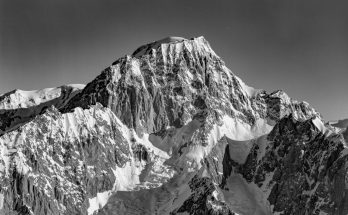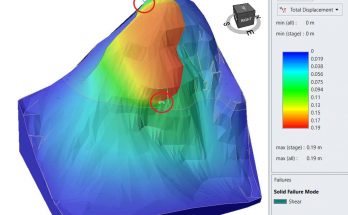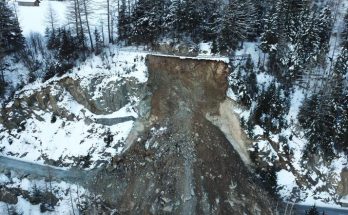Liliane Nguyen
Supervisors: Dr. Pascal Horton, Prof. Michel Jaboyedoff
One of the most expensive natural disasters in Switzerland consists of floods related to heavy precipitation. Moreover, the occurrence of heavy rains may induce landslides and debris flows as it was observed during the three major precipitation events that occurred recently in the Swiss Alps (August 1987, September 1993 and October 2000). Even though all these inclement weather conditions took place under a southerly circulation, especially in autumn, not all southerly circulations lead to heavy precipitation. Although many studies have been carried out to understand them, they are still very difficult to forecast, due to the complexity of the phenomena involved. In consequence, the forecasting of extreme events still contains important uncertainties, especially in an alpine environment. The numerical models struggle to take into account the complexity of this environment strongly influence by different local-scale specific behaviors. Therefore, this work aims to identify simple synoptic precursors to such events throughout backward trajectories of the air masses.
Backward trajectories can be modeled with different methods and along two or three dimensions. The 2D trajectories are calculated and projected on an invariant parameter such as the pressure or the temperature, while the 3D trajectories indicate the height position of the air masses. Backward trajectories are calculated by using wind fields provided by different meteorological datasets, such as atmospheric reanalysis. In order to process trajectories, various tools already exist. Nowadays, backward trajectories have become very popular in the atmospheric science. In consequence, multiple tools and
datasets are provided by different organizations.
Therefore, this work is separated into two parts. Part one test and compare as many combinations of tools, datasets and methods as possible in order to gain knowledge about trajectories in the case of heavy precipitations in the Alps and to reduce the number of models to be assessed for the second part. As a result, we removed models yielding to similar results with an absolute horizontal transport deviation measure (ATEH). Among them, we tested tools such as the Hybrid Single Particle Lagrangian Integrated Trajectory Model (HYSPLIT), a simple Matlab script developed at the University of Lausanne by Pascal Horton named HorTraj and the METeorological data Explorer (METEX). The implemented methods in these models are different: while HYSPLIT and METEX use a Lagrangian Particle Dispersion Model, HorTraj uses the fully implicit algorithm of Merril (1986). Since these tools can be used with various datasets, the trajectories are processed with different ones such as the NCEP/NCAR Reanalysis (R1, R2 & C20r), the ECMWF reanalysis (ERA40 & ERAinterim), the Japanese Reanalysis (JRA-55) and the NASA Reanalysis (MERRA2). Moreover, for each tool and dataset, various methods can be used to calculate the altitude of the air masses. In this work, three-dimensional, isobaric, isentropic, isosigma, constant density and from divergence trajectories have been used. As a result, 21 trajectory models have been tested and compared, and 9 of them were selected. Results show that the larger differences between trajectories have been mainly from the dataset used rather than the model.
Then in part two, the 9 selected models were used to search simple precursors leading to heavy precipitations. 10 days backward trajectories were processed for the Binn station (which is a gauging station that often measures big amount of rain) on four levels pressure between 1000 and 500 hPa. As for the validity domain, we selected all the days included between 1961 and 2014 that were characterized by a southerly circulation in autumn. Based on those trajectories, part two suggests four analysis for the identification of precursor. First, the ATEH is used to assess similarities between extreme events and non-extreme events. Then a Lagrangian moisture source diagnostic is suggested to determine the origin of moisture contributing to precipitation. A residence-time probability analysis is also suggested to highlight area where the residence-time probability is greater than the average probability associated with typical meteorological patterns. Finally, last analysis presents an identification of special type of flow conditions, such as the stagnation, recircultation and ventilation that can enhance extreme precipitations.
Results show that trajectories leading to heavy precipitation tend to be similar than trajectories leading to dry or small events. Region of interest that highly contributes to heavy precipitations have also been highlighted, such as the western Mediterranean and North Africa.



